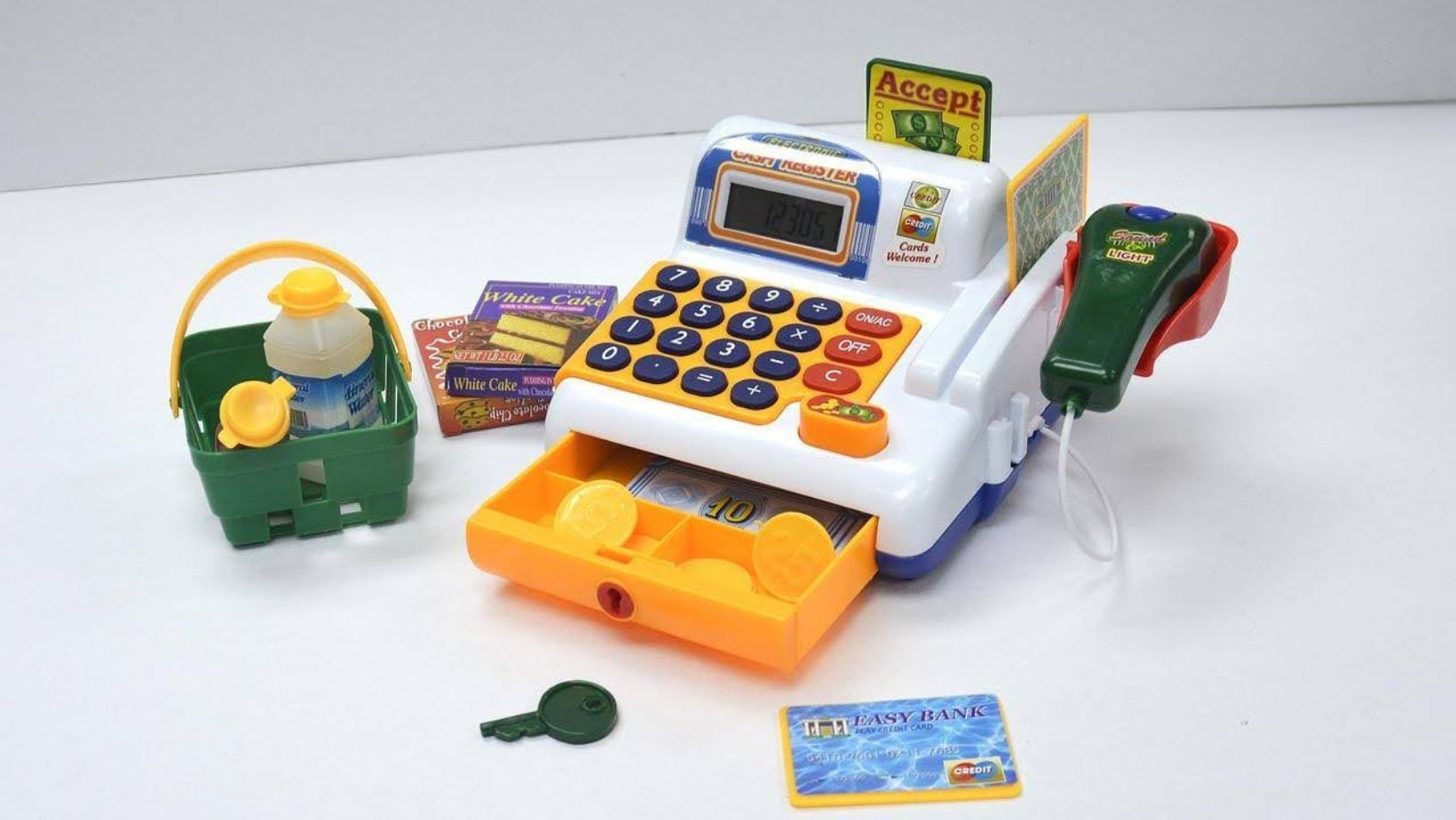
Dine with ease by embracing smart table management strategies tailored for families with children. Efficiently organized spaces and prompt service transform a potentially stressful outing into a delightful experience for both parents and kids. As more families seek accommodating dining environments, restaurants that implement these strategies gain a competitive edge.
Dining out with children can often present unique challenges. Many parents find themselves navigating between keeping their children entertained and ensuring a smooth dining experience. As a restaurant owner or manager, understanding these dynamics is crucial. An effective way to address these concerns is by optimizing table management to cater specifically to families with kids. Incorporating an online ordering pos system can streamline operations, allowing staff to focus on providing attentive service, ultimately reducing wait times and enhancing the overall experience.
The Importance Of Efficient Table Management
The layout and organization of tables in a restaurant play a pivotal role in creating a family-friendly atmosphere. When families dine out, they appreciate spaces that allow for easy movement and accommodate high chairs or strollers. Restaurants that invest in thoughtful arrangements often see increased satisfaction among patrons, as this consideration directly impacts the ease of dining with children. Quick service is another crucial element that families value, as it minimizes the chances of restlessness among young diners.
To achieve this efficiency, restaurants must focus on both front-of-house and back-of-house operations. A seamless coordination between servers and kitchen staff ensures that orders are processed quickly and accurately. This synergy not only enhances the dining experience but also fosters a sense of calm within the restaurant. Parents appreciate environments where their needs are anticipated and met promptly, further encouraging repeat visits.
Moreover, an emphasis on training staff to understand the nuances of serving families can make a significant difference. Empowering employees with the skills to handle diverse situations boosts their confidence and allows them to deliver exceptional service consistently. This proactive approach in table management sets the stage for memorable dining experiences that resonate with both parents and children alike.
Strategies For Family-Friendly Dining
Queue management is an effective strategy for improving family dining experiences. By implementing systems that allow families to know their expected wait times, restaurants can manage expectations and reduce frustration. Communication is key; providing updates through digital displays or mobile apps keeps patrons informed and engaged while they wait. This transparency reassures parents that their time is valued, making the overall experience more enjoyable.

The integration of technology plays a transformative role without needing explicit mentions like “online ordering system”. Innovative solutions such as tablets or kiosks enable diners to place orders at their convenience, reducing pressure on waitstaff during peak hours. These tools offer interactive menus that can engage children, turning the waiting period into an opportunity for fun exploration rather than impatience.
Staff training focused on understanding family needs complements these technological advancements. Encouraging employees to interact with young diners creatively—perhaps by offering coloring sheets or small toys—can keep children entertained while waiting for meals. Such initiatives not only elevate the dining experience but also build goodwill among families who appreciate thoughtful gestures tailored to their specific needs.
Keeping Children Engaged During Meals
An engaging dining environment is essential in maintaining children’s interest during meals. Providing entertainment options like coloring books or interactive games helps capture children’s attention, allowing parents to relax and enjoy their meal uninterrupted. These activities need not be complex; simple solutions often have the most significant impact when thoughtfully executed.

Creating a stress-free atmosphere involves more than just physical distractions; it’s about nurturing a welcoming environment where families feel at home. Friendly interactions from staff contribute significantly to this ambiance, as does accommodating special requests such as customized meals for picky eaters or food allergies. When restaurants go above and beyond to cater to these details, it fosters loyalty among families who recognize the effort invested in their comfort.
A key aspect of keeping children engaged lies in anticipating potential challenges before they arise. By preparing staff with knowledge about common concerns faced by parents, such as finding clean high chairs or warm milk bottles, restaurants can provide proactive solutions that make all the difference in creating positive experiences for everyone involved.







 Married life starts with the little things. One of the biggest yet most exciting steps is designing a shared bedroom that reflects both of your personalities. The challenge? Merging two different styles, preferences, and comfort needs into one cohesive, peaceful space. This isn’t about compromise that feels like sacrifice—it’s about creating something better together. Your bedroom should serve as a retreat that speaks to both of you. Whether you’re combining bold colours with minimalistic touches or balancing cosy textures with clean lines, this space should whisper calm and shout personality—both of yours, not just one.
Married life starts with the little things. One of the biggest yet most exciting steps is designing a shared bedroom that reflects both of your personalities. The challenge? Merging two different styles, preferences, and comfort needs into one cohesive, peaceful space. This isn’t about compromise that feels like sacrifice—it’s about creating something better together. Your bedroom should serve as a retreat that speaks to both of you. Whether you’re combining bold colours with minimalistic touches or balancing cosy textures with clean lines, this space should whisper calm and shout personality—both of yours, not just one. Consider dual-purpose furniture like ottomans with storage or headboards with hidden compartments. Agree on daily habits, like making the bed or doing a five-minute nightly tidy-up. A tidy space doesn’t just look better—it feels calmer, more respectful, and more conducive to intimacy and rest for both of you.
Consider dual-purpose furniture like ottomans with storage or headboards with hidden compartments. Agree on daily habits, like making the bed or doing a five-minute nightly tidy-up. A tidy space doesn’t just look better—it feels calmer, more respectful, and more conducive to intimacy and rest for both of you.
 Maintaining a home is an ongoing responsibility that keeps it safe, comfortable, and in top condition. Regular attention to different parts of your home not only enhances its appearance but also prevents costly repairs down the line. Whether it’s fixing leaky faucets or checking the integrity of your roof, every element plays a role in your home’s overall functionality. It’s important to stay ahead of potential issues by handling maintenance tasks before they become bigger problems.
Maintaining a home is an ongoing responsibility that keeps it safe, comfortable, and in top condition. Regular attention to different parts of your home not only enhances its appearance but also prevents costly repairs down the line. Whether it’s fixing leaky faucets or checking the integrity of your roof, every element plays a role in your home’s overall functionality. It’s important to stay ahead of potential issues by handling maintenance tasks before they become bigger problems.  Insulation helps regulate the temperature inside, reducing the need for constant heating or cooling. Start by checking your attic and basement for adequate insulation. If it’s old or damaged, replacing it can help improve your home’s energy efficiency.
Insulation helps regulate the temperature inside, reducing the need for constant heating or cooling. Start by checking your attic and basement for adequate insulation. If it’s old or damaged, replacing it can help improve your home’s energy efficiency.
 Winter nights call for something special, and luxury comforter sets are some of the bedding you need. When temperatures have dropped and frost is adorning your windows, your bedroom is going to become your personal retreat from the cold outside. During the winter season, you need winter bedding, which will work well for the season. Sleeping with a luxury comforter set will add a sense of comfort to those chilly winter evenings by turning your bed into that cozy oasis of comfort. Not only that, a luxury comforter set will also help create a sense of style and relaxation that makes looking forward to bedtime something to actually look forward to. Below are some of the luxury comforter sets that can be used during winter in order to stay warm.
Winter nights call for something special, and luxury comforter sets are some of the bedding you need. When temperatures have dropped and frost is adorning your windows, your bedroom is going to become your personal retreat from the cold outside. During the winter season, you need winter bedding, which will work well for the season. Sleeping with a luxury comforter set will add a sense of comfort to those chilly winter evenings by turning your bed into that cozy oasis of comfort. Not only that, a luxury comforter set will also help create a sense of style and relaxation that makes looking forward to bedtime something to actually look forward to. Below are some of the luxury comforter sets that can be used during winter in order to stay warm. The padded pillow shams with hidden zippers maintain a fresh, neat, professional look while allowing for comfort, whether you want to read, lounge, or sleep while on your bed. The bed skirt coordinates perfectly, featuring the same black velvet stripes and practical corners that allow for easy making of the bed. The top of the four-piece set creates a hotel feel and look that will transform your bedroom into a perfect mini winter retreat of sophistication and comfort.
The padded pillow shams with hidden zippers maintain a fresh, neat, professional look while allowing for comfort, whether you want to read, lounge, or sleep while on your bed. The bed skirt coordinates perfectly, featuring the same black velvet stripes and practical corners that allow for easy making of the bed. The top of the four-piece set creates a hotel feel and look that will transform your bedroom into a perfect mini winter retreat of sophistication and comfort.
 A cash-out refinance is a strategic way to access cash. This strategy includes replacing your existing mortgage with a bigger loan. However, if your mortgage rate has increased after you bought the house, then it is not recommended. The underlying reason is that the new mortgage must be more than your current mortgage, as the balance will go to you at the time of closing.
A cash-out refinance is a strategic way to access cash. This strategy includes replacing your existing mortgage with a bigger loan. However, if your mortgage rate has increased after you bought the house, then it is not recommended. The underlying reason is that the new mortgage must be more than your current mortgage, as the balance will go to you at the time of closing.  After selecting a feasible deal, you must analyze your latest
After selecting a feasible deal, you must analyze your latest 




























